Ice drifting with the real Michelin man
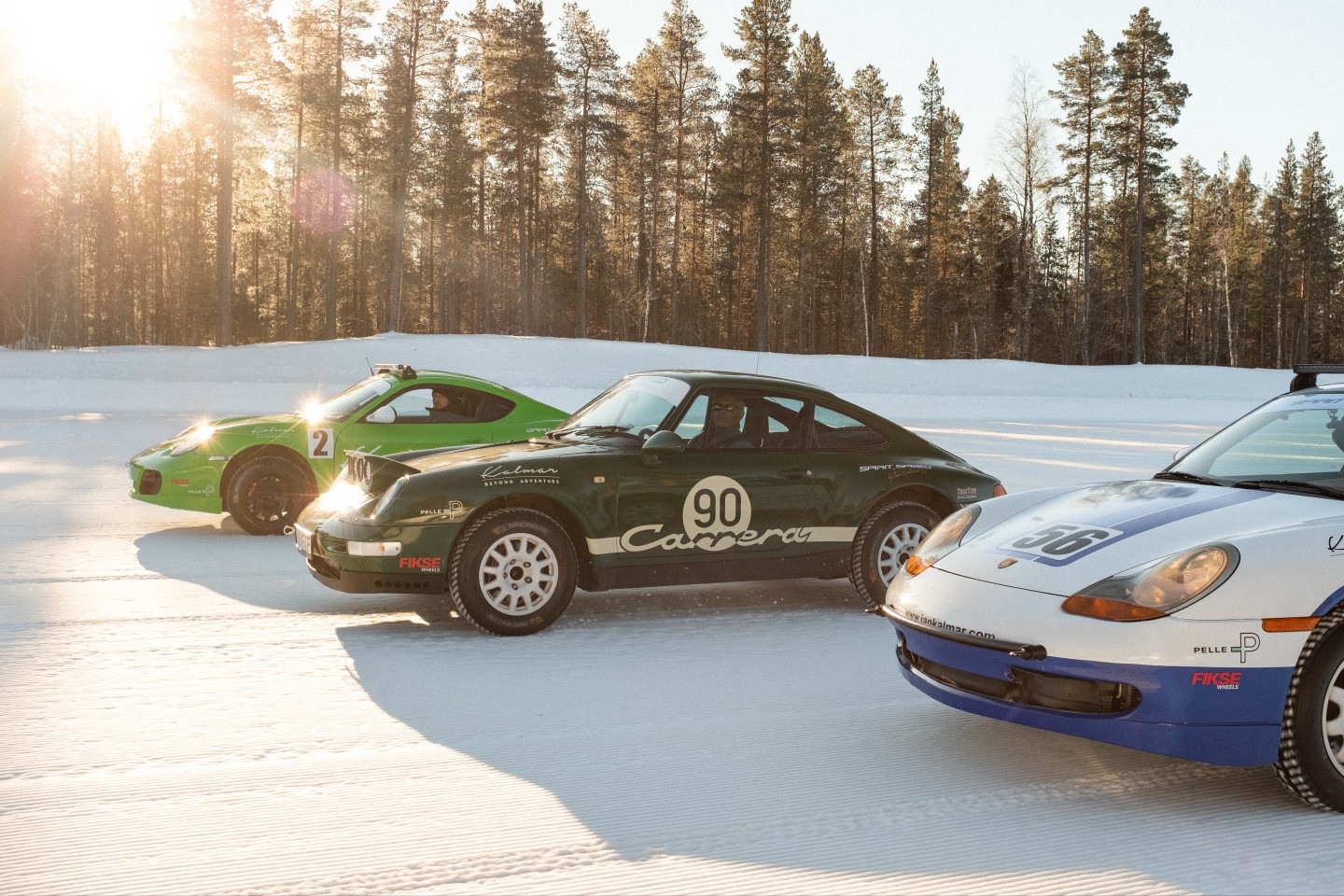
Roula Khalaf, Editor of the FT, selects her favourite stories in this weekly newsletter.
“The surface is constantly changing, so I have to adjust my inputs on every corner . . . ” Jérôme Haslin is chatting away from the driver’s seat in a Porsche 911. We’re currently drifting sideways at 70mph. On a sheet of ice. “At the beginning, it’s impossible to be able to hold a drift without a teacher,” he explains of the skills one needs for driving in these conditions. “If you’ve never snowboarded before, you need to be taught. Driving on the limit is the same. You have to follow some steps. The first is how to manage your arms. You will never hold it, if you don’t have the right technique. The best way to learn is to drive on a low adherence surface, like the snow. It helps you understand the feeling of the car as the oversteer is more progressive and smooth.”
It’s a necessity for racing drivers to have superhuman multitasking abilities. They must process a hundred things at once: analysing data from their engineers while overtaking, making small adjustments on the steering wheel while tweaking brake balance. Holding a conversation mid power-slide is just one of Haslin’s many skills. Except his primary profession isn’t that of a racer. He’s Michelin’s chief test driver, tasked with developing new rubber for the wheels of cars built by clients including Ferrari, Aston Martin and Porsche.
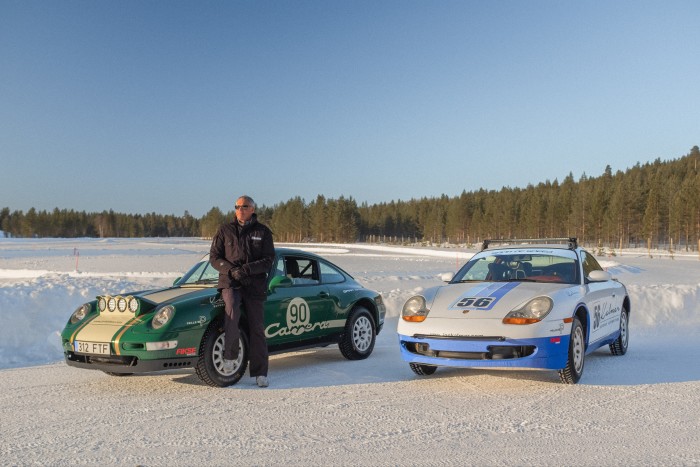
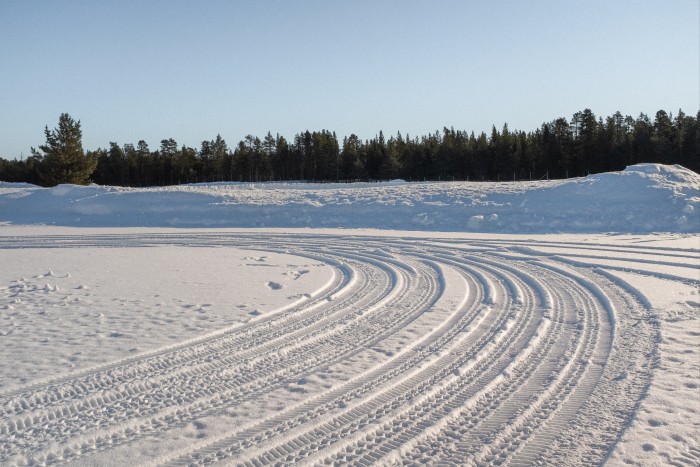
I have met Haslin at Michelin’s Arctic Proving Ground in Ivalo, Finland. It’s a vast facility where all the brand’s winter tyres are tested, but it’s discreet and, aside from a small sign by the entrance, the relatively humble looking huts and warehouse buildings leave no trace of the intense levels of development that go on here.
Haslin, 58, looks every inch the racing driver with his deep tan, sunglasses and easy smile — part Carlos Reutemann, part Jean-Paul Belmondo. As a young man, he hoped to compete as a racing driver, but quickly realised that racing would be impossible for him: “My father was not a rich man and when you race, you need to come with a big budget.” Instead, he came up with a job title for which the driving would “be paid”.
After studying engineering at SupmicroTech-ENSMM university in Besançon for five years to appease his parents, Haslin set his sights on becoming a test driver with Michelin. His background initially had him siloed, with the firm taking him on in 1990 as a tyre designer, until he was granted a place on the test-driving team.
“I was lucky. I started in 1995 with Ferrari and I’ve been the one driver working with them since. I’ve driven every model since ’95.” He’s also driven every Porsche GT since ’96, Paganis, Koenigseggs, and has recently taken on Aston Martin. He developed the tyres for the Bugatti Chiron in which he recorded a top speed of 429 kmph (“you know if you lose the car at that speed, it’s finished”), and tested with Fernando Alonso on Michelin’s top-secret Formula 3000 project in the early 2000s.
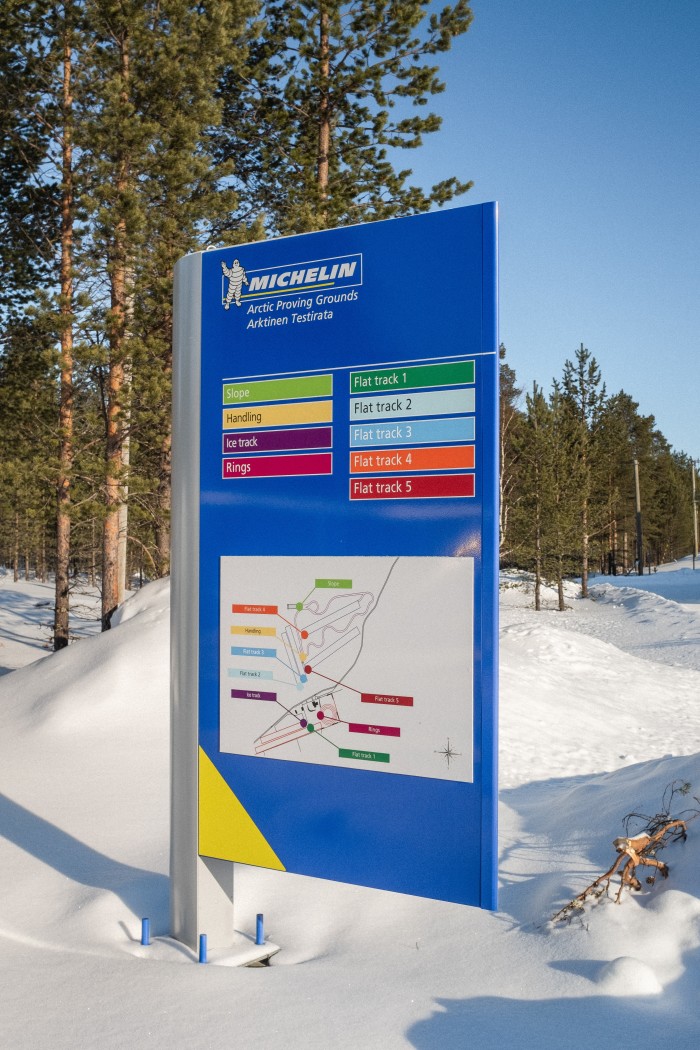
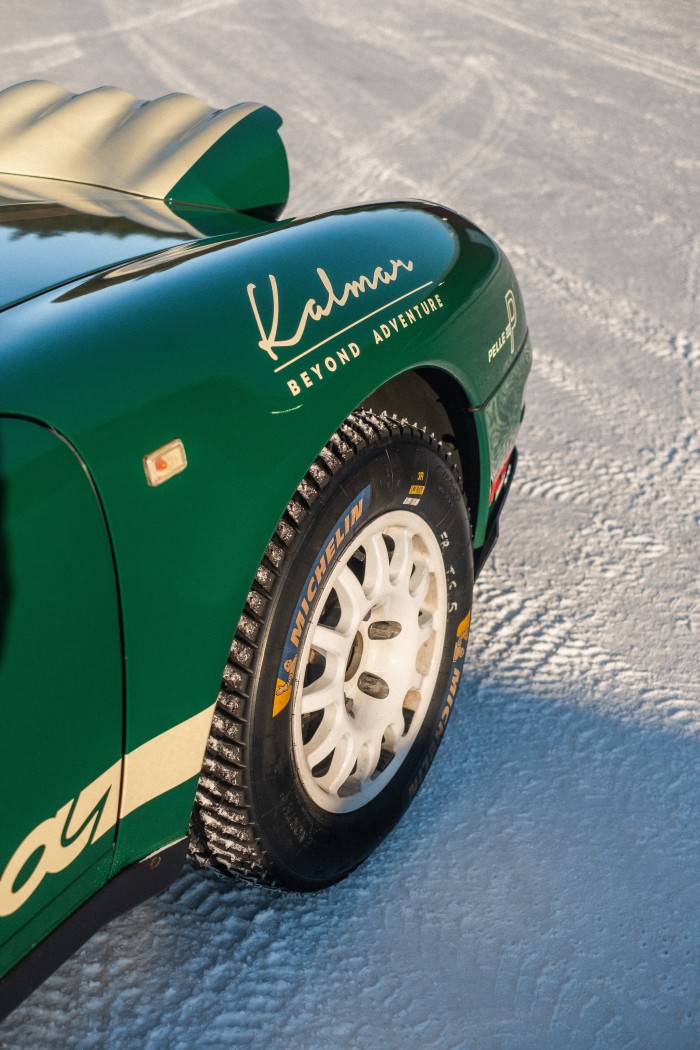
Regardless of whether a car has an internal combustion engine, Haslin’s job remains the same. He tests and develops tyres designed for specific car models, with the goal of making them as efficient and safe as possible, while maximising the car’s performance. Each tyre project is undertaken collaboratively with the carmaker, with Haslin working in tandem with each brand’s own test driver. The tyres are put through their paces, from braking in the wet and snow drifting through to mountain driving in the Alps, with hundreds of hours behind the wheel necessary to before completion. “Thanks to my engineering training, I can more easily translate my perceptions into physical qualities that can be directly understood by the [Michelin] tyre designer [back at the factory]. The designer then uses this feedback to modify the architecture, tread pattern or materials of his tyre.”
Does he have a favourite project? He shrugs. “I like all sports cars, if they have a lot of power. The SF90 with Ferrari was a nice project, 1,000bhp. Even the 296 GTB was very nice. The Porsche 911 GT3 RS and the GT4 RS were very fun too. I have more difficulty with electric cars, because of the weight.”
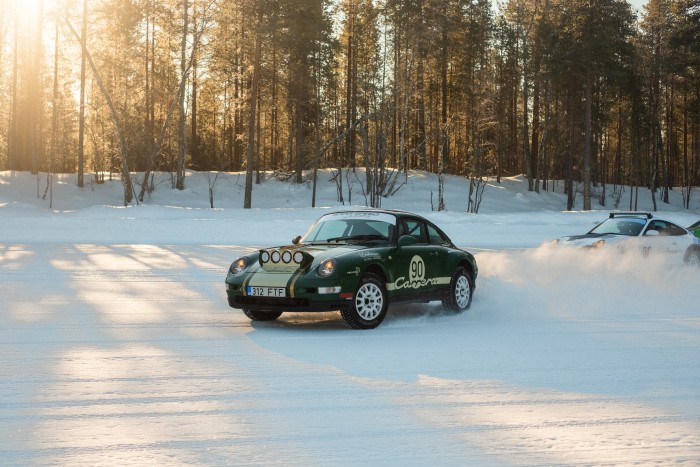
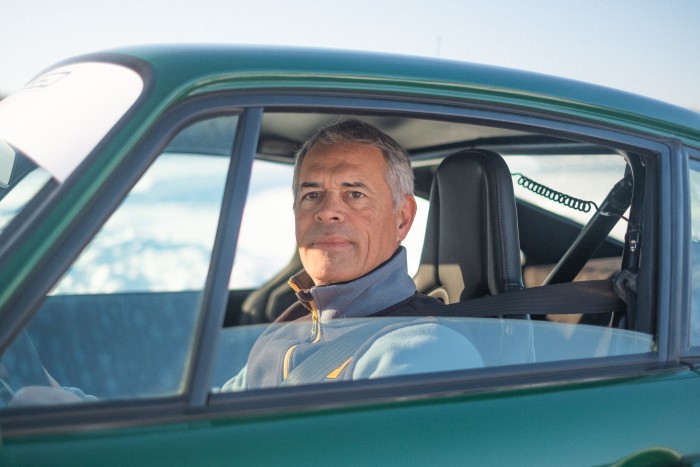
The change to electric-powered vehicles may be crucial for cutting global emissions, but Haslin has yet to be won over by their charms. “A Ferrari is not a car. It’s a luxury thing, designed for emotion,” he says. “It’s the reason you have the sound, the gearbox, the handling. How will they evoke emotion when electric? Even with the new Porsche 911, you have a 3.0-litre turbocharged engine that’s not as atmospheric, but you keep some noise, you have a gearbox. The cars have changed a lot in my time. Now, every new car is easy to drive. ”
FT Weekend Festival

FT Weekend Festival returns on Saturday September 2 at Kenwood House Gardens, London. Book your tickets to enjoy a day of debates, tastings, Q&As and more . . . Speakers include Leïla Slimani, Greg James, Rachel Reeves, Jesse Armstrong and many others, plus all your favourite FT writers and editors. Register now at ft.com/festival.
After 30 years doing the same job I wonder if Haslin gets bored. He has access to the finest, most advanced cars on the planet, and has the unique perspective of knowing every major carmaker’s strategy for the foreseeable future. But after talking with him I realise this isn’t what keeps him going; it’s the race within the race.
“It’s a competition between us, Pirelli, Bridgestone. It’s a little war. I know very well the Pirelli Porsche driver, the Pirelli Ferrari driver. Sometimes I turn up to Maranello and the Pirelli truck is next to ours. So I know that if our tyres are not ok, it’s because the Pirelli is better. I need to be at the same level or above everyone else. The objective is to finish first.”
Comments